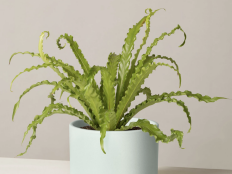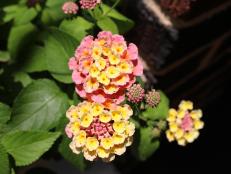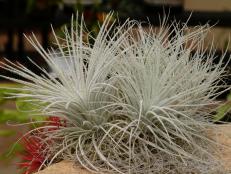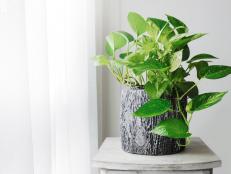How to Cut an Aloe Plant
Find out how to harvest aloe vera and make aloe vera gel. Learn about the health benefits and uses of aloe vera gel.
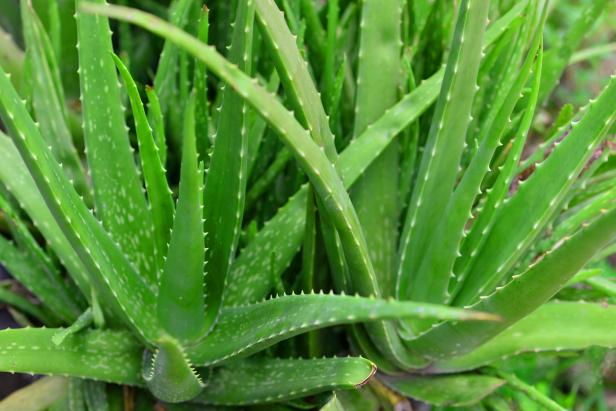
Shutterstock/Thanakorn Hongphan
One of the best houseplants you can grow, aloe vera blends good looks with easy care. Long, dagger-like leaves look ferocious with their spiny edges, but those soft spines are harmless.
Health Benefits and Uses of Aloe Vera Gel
What makes it the perfect plant, though, is that inside each leaf is a gel that contains antioxidants, vitamins A, C, E and B12, folic acid and minerals including calcium, magnesium and zinc. Aloe vera gel, when applied topically, can provide quick relief for burns, cuts and bug bites because of its anti-inflammatory and antibacterial properties. Think of aloe as nature’s medicine cabinet.
In addition to its anti-inflammatory and antibacterial properties, aloe vera gel also contains salicylic acid which can help tame acne flareups.
Aloe vera gel may also help with mild or moderate cases of psoriasis and may cause cold sores to go away faster because of its antiviral properties.

With its payload of vitamins, minerals and antioxidants, the sap of aloe vera is widely used in hair and skin products, but more importantly helps heal burns, cuts, insect bites and other skin irritations. Cut a lower, older leaf and squeeze the cutting to release the sap.
How to Cut an Aloe Leaf
It’s not hard to learn how to cut an aloe plant to harness its healing properties. All you need is a sharp knife. And, of course, an aloe vera with enough leaves to spare.
When cutting an aloe leaf, it’s best to remove an entire leaf to keep your plant looking good. Simply cut the leaf as close as possible to the main stem. It’s always better to harvest leaves from the bottom of the plant first. These are the older leaves and will be thicker. Cut leaves retain scars, so if you snip a tip of a leaf, you’ll wind up with a brown-tipped leaf.
After cutting the leaf, hold it over a small bowl to let the yellowish latex drip out. This is part of the plant that you don’t want to use. At this point, you can rub the cut leaf end on a burn or cut and receive healing relief.
How to Make Aloe Vera Gel
To harvest all of the internal aloe vera gel for use in face masks, hydrating lotion, sunburn relief or smoothies, lay the leaf on a cutting board and slice off both spiny edges. Next, remove the upper leaf surface with your knife. To do this, insert the knife blade a few millimeters beneath the leaf skin and run it along the length of the leaf. Use a similar motion to filleting a fish. Last, place the lower leaf surface on the cutting board, and run your knife blade along the leaf bottom (beneath the thick gel). As you cut, the gel will come away from the leaf.
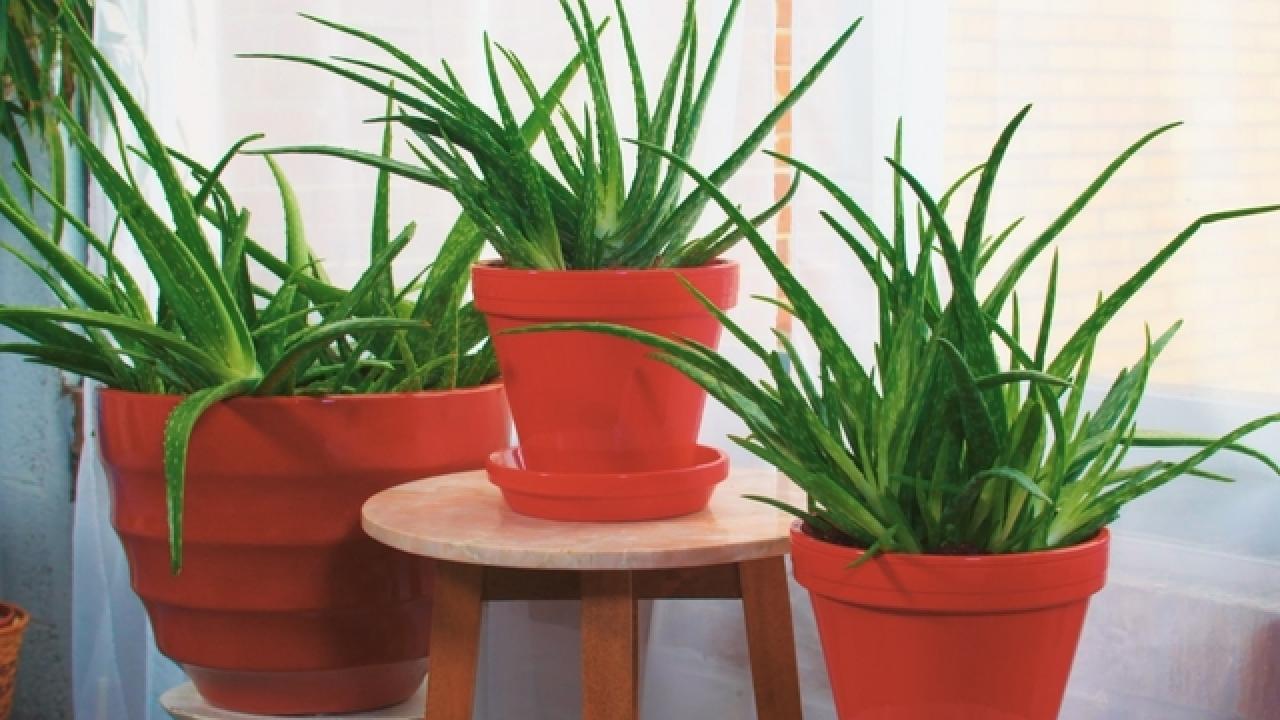
Store Extra Aloe Leaves
To store cut aloe leaves (ones you haven’t harvested all the gel from), aim to keep the leaf moist by wrapping the cut end tightly in a moisture-retentive covering (think beeswax wrap, plastic wrap or aluminum foil). Tuck the entire leaf, including the wrapped end, into a plastic bag, seal it and stash it in the fridge. The leaf should stay fresh—allowing you to harvest more of the soothing gel — for up to two weeks. Use this technique when you need an aloe leaf to treat a burn, but want to wait to harvest the gel for another use.

Costa Farms
No Plant? No Problem!
If your aloe plant doesn’t have enough leaves to cut, you can still savor the natural healing powers by buying individual leaves. Look for them at Mexican markets, Whole Foods or Natural Grocer’s. Expect each leaf to last about two weeks, using the storage techniques described above.
One last note: If you’re allergic to garlic or onions, you may be allergic to aloe vera gel. Proceed with caution in exposing yourself to it.








